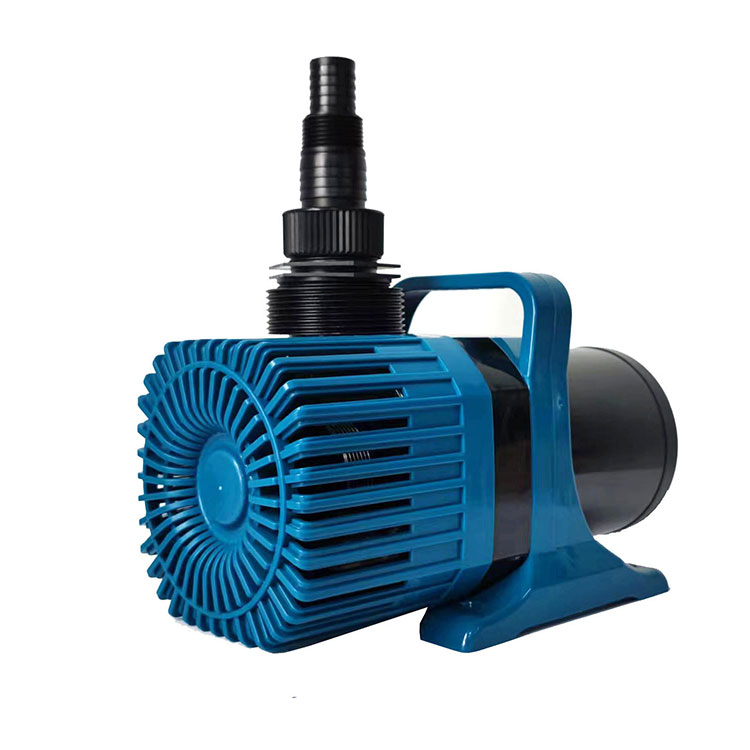Exploring the Differences Between Submersible and Surface Garden Water Pumps
2024-03-06
In the world of gardening and irrigation, water pumps play a crucial role in efficiently distributing water to plants and maintaining the health of your garden. When it comes to selecting the right pump for your needs, two primary options stand out: submersible pumps and surface pumps. While both serve the same fundamental purpose of moving water, they differ in design, application, and suitability for various situations. Let's delve into the differences between submersible and surface garden water pumps to help you make an informed decision.
Submersible Garden Water Pumps:
Submersible pumps are designed to be submerged underwater, typically in a well, borehole, or pond. They are fully sealed to prevent water from entering the motor and other internal components. Here are some key characteristics of submersible garden water pumps:
1. Placement: Submersible pumps are installed directly underwater, allowing them to draw water from deep sources such as wells or boreholes. This placement eliminates the need for priming and helps prevent cavitation, a common issue with surface pumps.
2. Quiet Operation: Submersible pumps operate quietly since they are submerged underwater, reducing noise pollution in your garden or residential area.
3. Space-Saving: Since submersible pumps are installed below ground level, they don't require additional space above the surface, making them ideal for gardens with limited space.
4. Protection from Elements: Being submerged underwater provides natural protection against weather elements, debris, and vandalism, enhancing the pump's durability and longevity.
5. Suitability: Submersible pumps are best suited for applications where water needs to be lifted from significant depths, such as wells, boreholes, or ponds. They are commonly used in agricultural irrigation, residential water supply, and groundwater extraction.
Surface Garden Water Pumps:
Surface pumps, also known as centrifugal or non-submersible pumps, are installed above ground and draw water from sources such as tanks, rivers, or lakes. Here are some distinguishing features of surface garden water pumps:
1. Placement: Surface pumps are installed above ground level and draw water from surface sources through an inlet pipe or hose. They require priming to create suction and initiate water flow.
2. Versatility: Surface pumps are versatile and can be easily moved or repositioned as needed. They are suitable for various applications, including garden irrigation, water transfer, and fountain operation.
3. Ease of Maintenance: Surface pumps are typically easier to access for maintenance and repair since they are installed above ground. Routine tasks such as cleaning, inspection, and replacement of parts can be performed with minimal effort.
4. High Flow Rates: Surface pumps are capable of achieving high flow rates, making them suitable for large-scale irrigation systems or water transfer applications.
5. Limited Lifespan: Surface pumps may have a shorter lifespan compared to submersible pumps due to exposure to environmental factors such as weather, debris, and UV radiation.
Choosing the Right Pump for Your Needs:
When deciding between submersible and surface garden water pumps, consider factors such as the water source, depth of water table, application requirements, available space, and maintenance preferences. Submersible pumps are ideal for deep water sources, while surface pumps offer versatility and ease of maintenance. By understanding the differences between these two types of pumps, you can select the one that best suits your garden's watering needs and ensures efficient water distribution for healthy, thriving plants.



